Preset Material
The Preset Material component is the simplest way to define ShapeDiver-friendly materials. It has only two parameters: a base color for the object (sometimes referred to as albedo) and a ShapeDiver preset number. The ShapeDiver online viewer includes a wide range of material presets organized in families: Basic (100-199), Plastic (200-299), Metal (300-399), Glass(400-499), Wood (500-599) and more. Some of them even include bitmap or generative textures.
Complete list of presets
The list of ShapeDiver material presets is always growing. It contains a choice of basic, plastic, metal, wood and glass presets that we already adjusted and tested for optimal rendering in the viewer. Note that for some of those presets, the geometry needs to contain coherent texture coordinates. Check our live preset picker here.
Additionally, if you want to play with the preset textures, the color input that you set will multiply the texture. What this means is that the color will blend with the given material letting you obtain different effects.
Finally, after defining any simple material, it needs to be input in the ShapeDiver Display component to assign it to geometry.
Visualization in Grasshopper
The ShapeDiver preset textures are not visible in the Rhino viewer. They’ll only be visible via our viewer once you upload your definition to the ShapeDiver online platform.
Notes
It is possible to use materials defined by the Preset Material component with the glTF 2.0 Display component. In this case the information about the preset materials will be embedded into the resulting glTF 2.0 file using an extension called SHAPEDIVER_materials_preset. In addition a basic PBR material will be defined, just using the color of the preset material. The Viewer will make use of the SHAPEDIVER_materials_preset extension, however third party glTF loaders will fall back to the basic PBR material.
